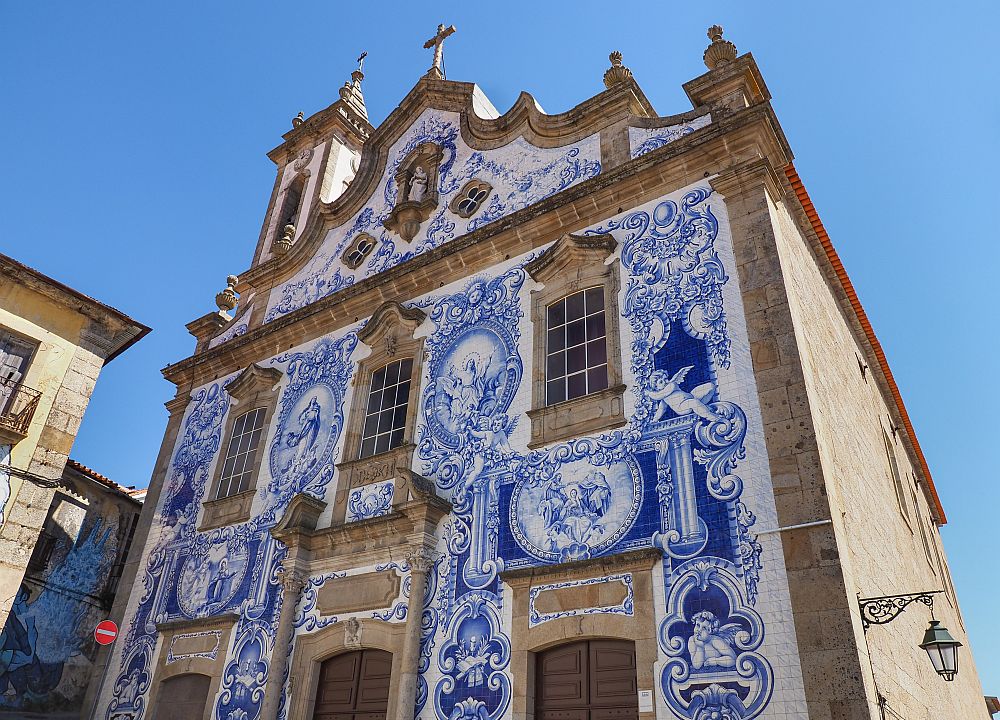Their invention of lunar brick has earned a Virginia Tech student research team one of only two awards presented in a 2008 design competition sponsored by PISCES, an international research center dedicated to developing new technologies for life in outer space. Part of the University of Hawaii at Hilo, PISCES – the Pacific International Space Center for Exploration Systems – presented the award in the annual competition’s “in-situ lunar resource utilization materials and construction” category. The team, five graduate and two undergraduate students, call themselves the “Masons of Regolith,” a reference to the primary surface material blanketing the moon. Led by doctoral student Eric Faierson, the team works under the direction of Kathryn Logan, the Virginia Tech Langley Professor at the National Institute of Aerospace in Hampton, Va.
Logan explains that a consortium of research universities established the NIA in 2002 to support NASA’s space-exploration efforts, and its graduate program offers masters and doctorate degrees in engineering and science at Virginia Tech and a number of other universities in the South. Faierson says the team’s goal is to develop a building material that astronauts could use to construct lunar dwellings, should NASA follow through with its plan to return men to the moon for an extended stay in 2020. The dwellings have to be able to “withstand an environment where gravity is a fraction of the pull on Earth,” strong enough to protect against radiation and meteorites and – to avoid the tremendous cost of transporting goods from earth – constructed with minimal tools and materials available on the moon’s surface, Faierson remarks in an article on Virginia Tech’s website. He says, in the absence of actual lunar rock, NASA provided the team with “simulated regolith” – volcanic ash obtained in Hawaii and infused with “various minerals and basaltic glass, similar to rock on the lunar surface.”
Based on Logan’s earlier work developing tank armor for the Department of Defense, the team had an idea it could make lunar brick by adding aluminum to the NASA-approved regolith and heating the mixture to very high temperatures. After numerous experiments left them with little more than puddles of melted aluminum, the team finally discovered a workable formulation, Faierson says. The team combined appropriate amounts of powdered aluminum and the faux regolith in a silica crucible, proceeded to insert two nickel chromium wires into the mix, applied electricity and heated them to 2,700°F. The heat initiated a reaction that Logan calls “self-propagating high-temperature synthesis” and others refer to as a “thermite reaction.” In either case, the reaction spread throughout the material, transforming it into a solid brick. The team used a silica mold, Faierson says, because it was “the best material to withstand the extreme temperatures that propel the chemical reaction.”
To conserve supplies and assure tight quality control, the Masons molded their bricks into shapes about one-third the size of conventional bricks, approximately 5-inch X 2.5-inch X 2-inch, and weighing about an eighth of a pound, Faierson explains. Despite their size, he says, the bricks proved nearly as strong as concrete in numerous pressure tests. “One square inch of the brick could withstand the gradual application of 2,450 pounds, nearly the weight of a Ford Focus,” he reveals in the Virginia Tech website article. Because the team wanted to avoid the use of mortar to stick the bricks together on the moon, they decided the lunar bricks should be utilized in a Voissoir-dome construction. Known as far back as the Middle Ages, such structures look something like an igloo and can support their own weight without the use of mortar, glue, screws or nails. “Each layer up would simply require a specific mold for that shape. And the dome design could be an ideal one for the lunar surface, not only because it requires no mortar but also because the moon’s weak gravity means that the building will have to cope with less downward force. The gravity of the moon actually works to our advantage,” Faierson explains in a Jan. 12, 2009, online Popular Mechanics article.
In the same article, Logan points out that such buildings wouldn’t be airtight so their ideal use might be to act as an outer protective covering for the polymer domes that NASA itself has proposed using as lunar structures. While the team is sure these structures would be strong enough to protect inhabitants from meteorite assaults, they can’t yet say if they would be effective as shields against cosmic radiation. To date, the bricks have only been successfully tested against neutron radiation, according to Logan. She readily admits, however, that the lunar bricks need a great deal of additional testing in several areas. “Actual construction on the moon brings a whole new series of challenges,” she notes, indicating that the team’s next project will be to test the bricks “in a vacuum to simulate the moon environment.” She says subsequent student teams will construct actual model domes with the lunar bricks and will also want to investigate whether the heat derived from the thermite reaction can be used to generate power. She also suggests future students will examine if the aluminum powder in the brick’s formulation can be replaced by grinding up and recycling the “spare parts on lunar landers” that NASA “had planned to just throw in a dump on the moon.” An enthusiastic task master, Logan gives much praise to the current, award-winning 2008-2009 Virginia Tech team. In addition to Faierson, the team consisted of: Michael Hunt, Susan Holt, Scott Hopkins, Sharon Jefferies, Michael Okyen and Brian Stewart.
CTT Categories
- Construction
- Education
- Material Innovations


